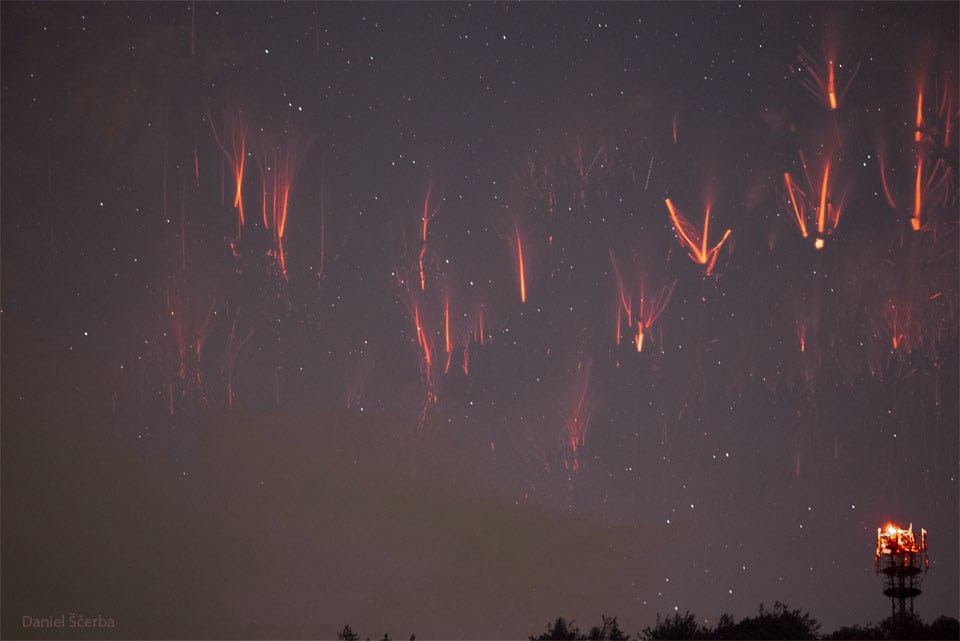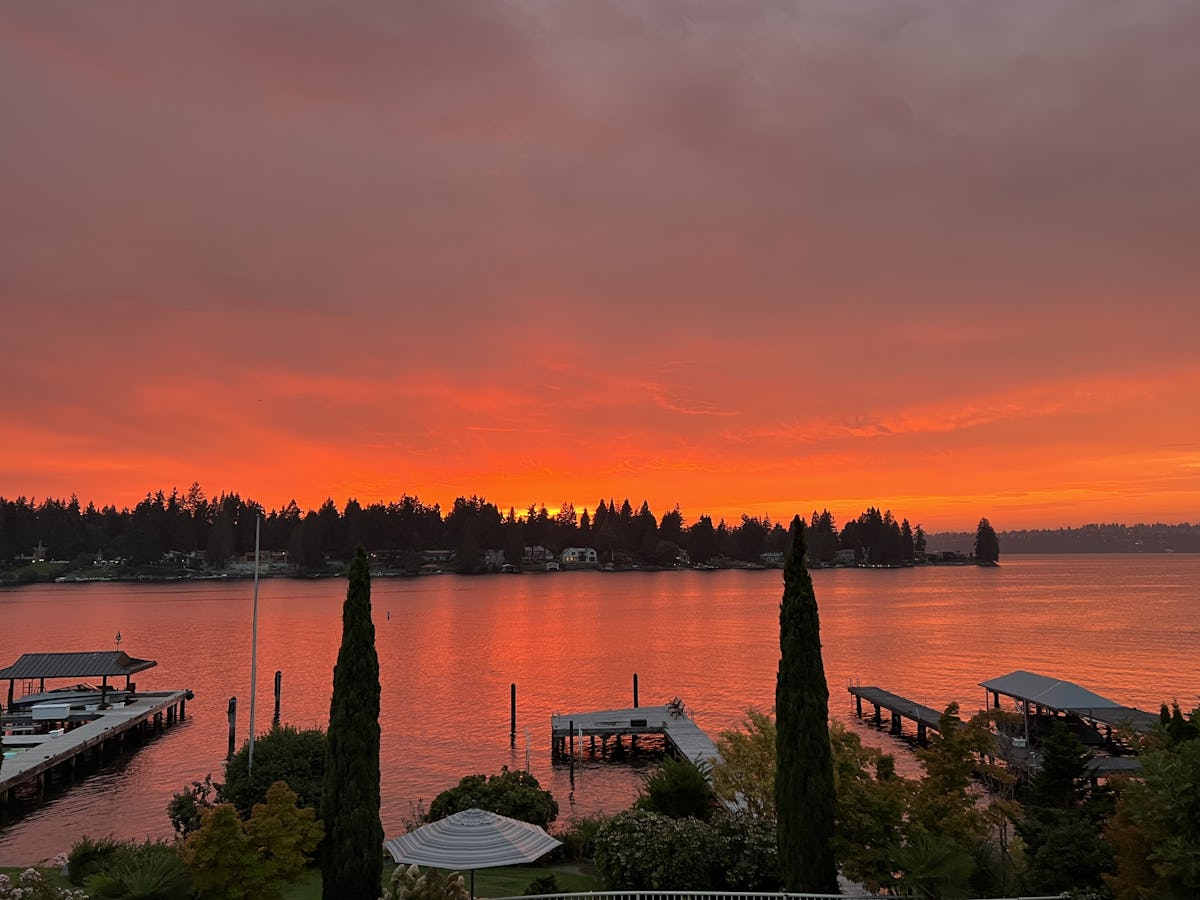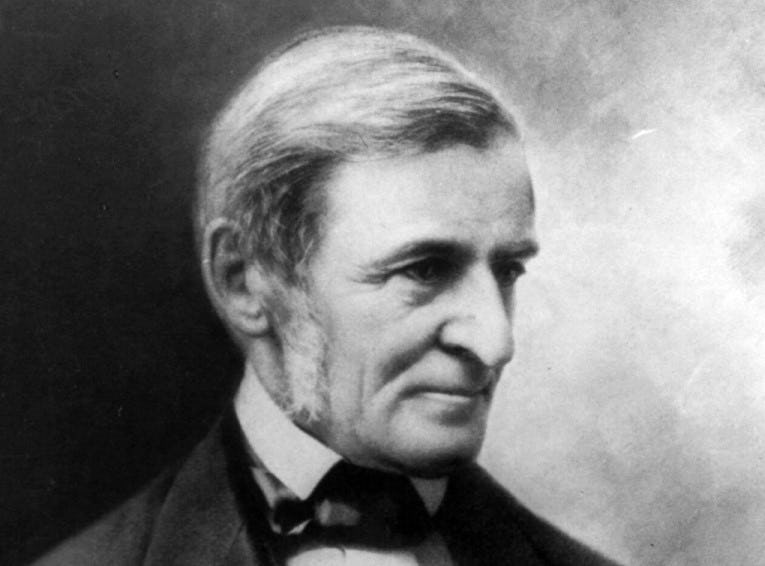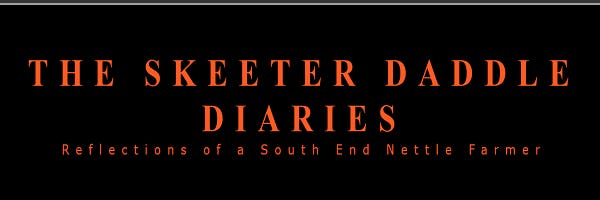Have I reached
that point of anxiety,
where I am at
my level of incompentcy?
Public Posts Bellevue, WA Bellevue, WA (zoom)
Finding, it's hard
when I cannot
work or garden
in our yard.
NASA Astronomy Picture of the Day:
What are those red filaments in the sky? They are a rarely seen form of lightning confirmed only about 35 years ago: red sprites. Research has shown that following a powerful positive cloud-to-ground lightning strike, red sprites may start as 100-meter balls of ionized air that shoot down from about 80-km high at 10 percent the speed of light. They are quickly followed by a group of upward streaking ionized balls. The featured image was taken late last month from the Jeseniky Mountains in northern Moravia in the Czech Republic. The distance to the red sprites is about 200 kilometers. Red sprites take only a fraction of a second to occur and are best seen when powerful thunderstorms are visible from the side. APOD in world languages: Arabic, Bulgarian, Catalan, Chinese (Beijing), Chinese (Taiwan), Croatian, Czech, Dutch, Farsi, French, French (Canada), German, Hebrew, Indonesian, Japanese, Korean, Montenegrin, Polish, Russian, Serbian, Slovenian, Spanish, Taiwanese, Turkish, and Ukrainian
Photo by Daniel Ščerba
Speaking of rain.
I am not,
but fire
and smoke
we have a lot.
When evening time
has bid adieu,
at last, it came,
I am alone with you.
Many times
I fail to see,
what a loss
you are for me.
I see your smile,
in times of reverie,
knowing our past,
will never be,
the same for you
as it is for me.
There was a time
so many days ago
when words of rhyme,
yes but mainly no.
Words I knew about,
words of soft whisper,
words of a loud shout,
words would appear.
Writing the words,
heard in my head,
if not done quickly,
were soon dead.
A loss of a moment,
a terrible waste,
then I'll "pack my tent"
and leave in disgrace.
Ralph Waldo Emerson ~ (1803 –1882) American poet, philosopher, essayist and abolitionist. His first two collections of "Essays" First Series (1841) and Second Series (1844), represent the core of his thinking. They include "Self-Reliance", "The Over-Soul", "Circles", "The Poet", "Experience" and "Nature". His work has greatly influenced the thinkers, writers and poets that followed him. , He wrote: "In all my lectures, I have taught one doctrine, namely, the infinitude of the private man" Wikipedia
NASA Astronomy Picture of the Day:
How does your favorite planet spin? Does it spin rapidly around a nearly vertical axis, or horizontally, or backwards? The featured video animates NASA images of all eight planets in our Solar System to show them spinning side-by-side for an easy comparison. In the time-lapse video, a day on Earth -- one Earth rotation -- takes just a few seconds. Jupiter rotates the fastest, while Venus spins not only the slowest (can you see it?), but backwards. The inner rocky planets, across the top, most certainly underwent dramatic spin-altering collisions during the early days of the Solar System. The reasons why planets spin and tilt as they do remains a topic of research with much insight gained from modern computer modeling and the recent discovery and analysis of hundreds of exoplanets: planets orbiting other stars.
Wandering
aimlessly
down the hall
on a journey
to nowhere.
Checking doors
as they go,
without a plan,
to journeys end.
A lost soul,
wouldn't know,
behavior quiet,
off they go.
NASA Astronomy Picture of the Day:
This 180 degree panoramic night skyscape captures our Milky Way Galaxy as it arcs above the horizon on a winter's night in August. Near midnight, the galactic center is close to the zenith with the clear waters of Lake Traful, Neuquen, Argentina, South America, planet Earth below. Zodiacal light, dust reflected sunlight along the Solar System's ecliptic plane, is also visible in the region's very dark night sky. The faint band of light reaches up from the distant snowy peaks toward the galaxy's center. Follow the arc of the Milky Way to the left to find the southern hemisphere stellar beacons Alpha and Beta Centauri. Close to the horizon bright star Vega is reflected in the calm mountain lake.
Photo by Gerardo Ferrarino
So you don’t like your job, probably hate your boss, think you should be paid more for all the hard work and overtime you put in, maybe your co-workers look like mindless drones these days and retirement seems a lifetime away (it is!) … but quitting isn’t an option, not when you would lose your health care and your apartment, the apartment that already costs more than you can believe. What’s a person to do?
Well, apparently, quit in place. Stop killing yourself. Stop sucking up to your boss. Refuse to take overtime. Slow down, relax, daydream a bit, take a long lunch break, sneak a joint in the john. It’s a brand new workplace. The go-go years have gone gone gone, good riddance. The company treats you like a robot, act like one. One pace, steady and slow as she goes. Do as little as possible, same as they would do for you. They’re no longer loyal to you employees, why be loyal to them? This is the New Work Ethic. Congratulations and welcome to your new cubicle.
Personally, I always believed in Quitting. Seemed like a good strategy. Course, apartments didn’t cost an arm and a leg back then and health insurance wasn’t in the cards. Pensions, 401-K’s, fergettaboutit. I was part of the gig economy decades before it had a name and by the time it did, I was self-exiled to the South End where employment was marginal to non-existent. So I did what the rest of us layabouts did down here, worked for myself. Sure, the boss was a jerk, but that’s the joy of self-employment, you can look him in the eye and tell him to go to hell. Won’t affect your wages one iota. And end of the day you can have a beer or two together, gripe about the same issues, maybe decide neither of you will work the next day.
I recommend it. But quitting in place. I dunno. Seems like the days would just be interminable, slowing down, dragging feet, avoiding work. You like that kind of job, maybe be a traffic sign holder, SLOW, STOP, for a construction company. Hours like years, days like a lifetime. Personally I like to work if I’m going to work, put a back into it, feel like it was worth the effort. Time flies even when it’s not much fun. But … don’t say you heard it from me. And whatever you do, don’t tell my boss.








.jpg?fit=crop&w=280&h=280&q=93)















 - Copy.jpg?fit=crop&w=280&h=280&q=93)














